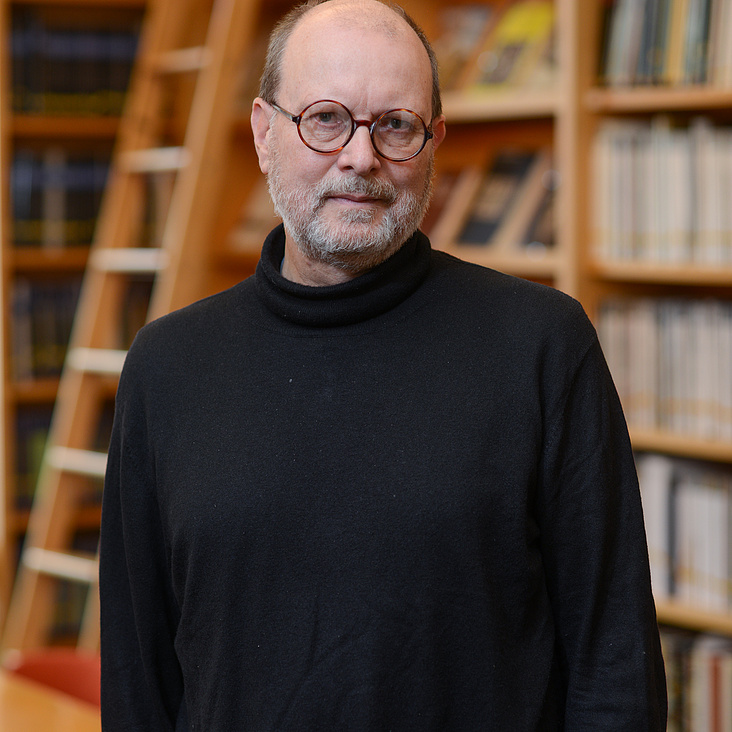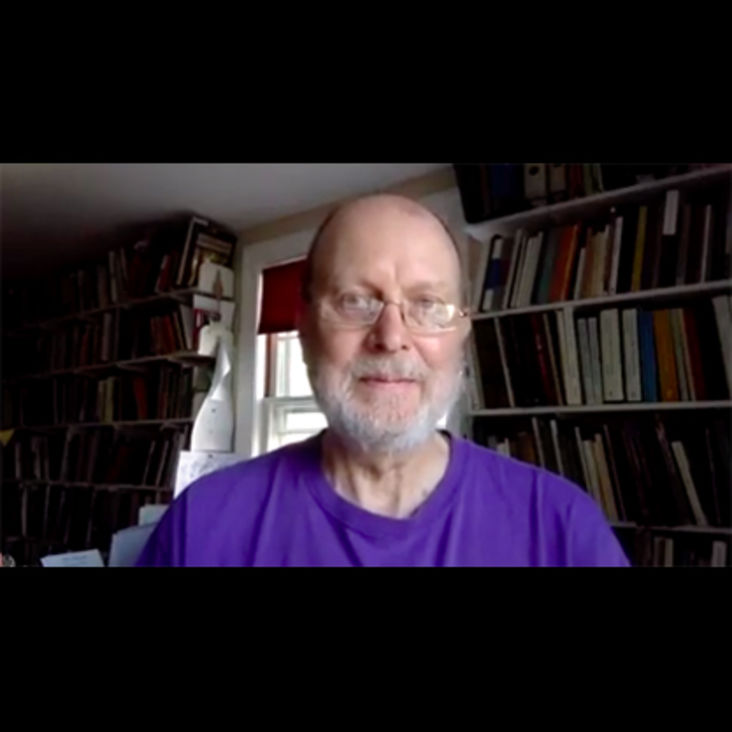“Can Art Museums Accommodate both Art and Philosophy?”
Abstract
Through the case study of the Panza Collection Initiative at the Solomon R. Guggenheim Museum, New York, this paper explores the question of whether art museum scholarship can address philosophical questions regarding the status of items in the museum’s collection. What are the tensions within art museums between institutional interest and disinterested philosophical inquiry? Are the institutional constraints within art museums such that scholarship conducted within them predominantly addresses practical matters with a view to safeguarding the status of items that the museum has acquired? Looking at instances of the contested status of items associated with artists including Dan Flavin, Donald Judd, and Robert Morris, acquired by the museum in 1991-92 from the collectors Giovanna and Giuseppe Panza di Biumo, this paper suggests that the exemplary museum team research effort led by a curator and a conservator with equal status (the Panza Collection Initiative) is achieving a great deal, but leaves ontological issues regarding these and other items only partially addressed.
Where did your interest in this subject come from?
My interest in this subject emerges from my long-term engagement with contemporary art as a critic and former trustee. More specifically, I have been involved with the Panza Collection Initiative in an informal advisory capacity. The museum scholars responsible, Francesca Esmay and Jeffrey Weiss, have regularly contributed to my course on “Damage, Decay, Conservation” at BGC. I see this case study as a means of exploring the character of categorization, and, more generally the place of philosophy in museums.
How does this research question intersect with your other intellectual interests?
My work on the Panza Collection Initiative at the Guggenheim Museum is at the intersection of two of my long-term research interests: first, scholarship in museums, its scope, and the constraints upon it; second, how what I term historical taxonomy (see below) affects the formation, perpetuation, care, and use of museum collection items. Both questions have philosophical and pragmatic aspects.
Why is this question important to you?
Categorization is fundamental to philosophy. The Panza Collection Initiative is concerned above all with categorization. Are certain items in the Panza Collection artworks, or what Danto terms “mere real things” (Arthur C. Danto, The Transfiguration of the Commonplace: A Philosophy of Art (Cambridge, MA: Harvard University Press, 1981), pp. 1–32)? In response, I have developed a concept of historical taxonomy: “a categorization that takes historical contingency and the inconveniences of particular instances into account at the expense of absolute order” (Ivan Gaskell, “Race, Aesthetics, and Shelter: Toward a Postcolonial Historical Taxonomy of Buildings,” Journal of Aesthetics and Art Criticism 77, 2019, pp. 381). I am inspired by Wittgenstein’s insistence on dismissing an approach all too common in philosophy, the “contemptuous attitude towards the particular case” (Ludwig Wittgenstein, “The Blue Book,” in Preliminary Studies for the “Philosophical Investigations” Generally Known as the Blue and Brown Books, 2nd edition, ed. Rush Rhees (New York, 1960), p. 19). This led him to develop his concept of family resemblance as a taxonomic tool (Ludwig Wittgenstein, Philosophical Investigations, 3rd edition, ed. G.E.M. Anscombe and Rush Rhees, trans. G.E.M. Anscombe (Malden, MA: Blackwell, 2001, first published in 1953), I, §§ 66–76, pp. 27-31). Unfortunately, the specific circumstances of art museums, while not necessarily inherently inhibiting philosophical work, are not conducive to it. Nonetheless, pragmatic, if not philosophical, solutions to questions of categorization (Is item X appropriate for accession as an artwork or not?) are available to museum scholars, and can themselves be of philosophical as well as of practical interest.
Related Readings
Solomon R. Guggenheim Museum, The Panza Collection Initiative: https://www.guggenheim.org/conservation/the-panza-collection-initiative
Object Lessons: The Panza Collection Initiative, Solomon R. Guggenheim Museum, New York, April 9-10, 2019: https://www.guggenheim.org/conservation/the-panza-collection-initiative/object-lessons-the-panza-collection-initiative-symposium
Donald Judd, “Una Stanza per Panza,” in Flavin Judd, ed., Donald Judd Writings (New York: Judd Foundation and David Zwirner Books, 2016), pp. 630–699.
Arthur C. Danto, The Transfiguration of the Commonplace: A Philosophy of Art (Cambridge, MA: Harvard University Press, 1981), pp. 1–32.
Ivan Gaskell, “Works of Art and Mere Real Things—Again,” British Journal of Aesthetics 60, 2020, pp. 131–149.













